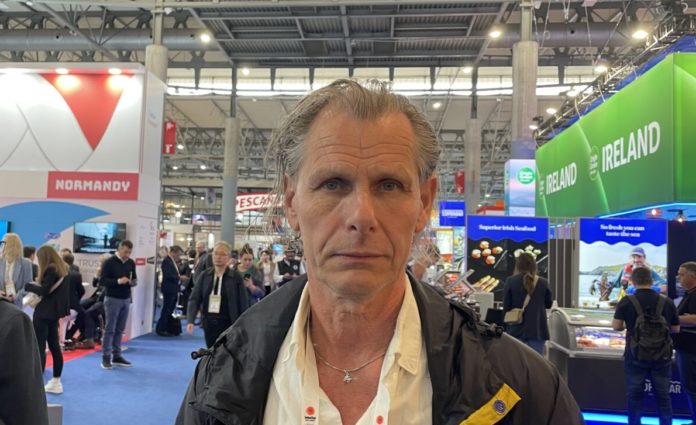Sea lice cuts endanger jobs and exports, says Ola Braanaas.
Ola Braanaas, Owner of Firda Seafood Group, has responded positively to the recent announcement from Norway’s Conservative Party regarding potential tax cuts for the aquaculture industry, but he emphasized that the most pressing issue facing the sector is an imminent production cut.
In a LinkedIn post, Braanaas welcomed the Conservative Party’s signals to reduce both the salmon tax and wealth tax but highlighted a looming 18% reduction in production volume, set to take effect on September 22.
“This production cut, especially in the PO-4 region, will cost the industry significantly more than the combined impact of the wealth tax, salmon tax, and dividend tax,” Braanaas wrote.
The planned reduction stems from Norway’s controversial “traffic light system,” which regulates production volumes in different regions based on environmental impacts, particularly sea lice levels.
How does Norway’s traffic light system for salmon farming work?
The system, which assigns red, yellow, or green designations to farming regions, has faced criticism for penalizing even well-managed farms.
“The cuts punish the best-performing farmers with the best fish welfare,” Braanaas said, adding that this approach threatens jobs in small coastal communities in western Norway.
Braanaas, a vocal advocate for the industry, underscored the need for Norway to increase productivity to maintain its welfare system. “Productivity must rise in Norway if we are to sustain our welfare. Stop the cuts,” he urged, ending his post with a rallying call to “Stop Nedtrekket” and hashtags supporting his stance.
The industry has been grappling with the combined pressures of tax increases, environmental regulations, and a weakening currency, making it one of the most challenging periods for salmon farmers. While the proposed tax reforms have been welcomed, Braanaas’ comments reflect a growing concern that without addressing the deeper issues of production and regulation, the sector’s future remains uncertain.


